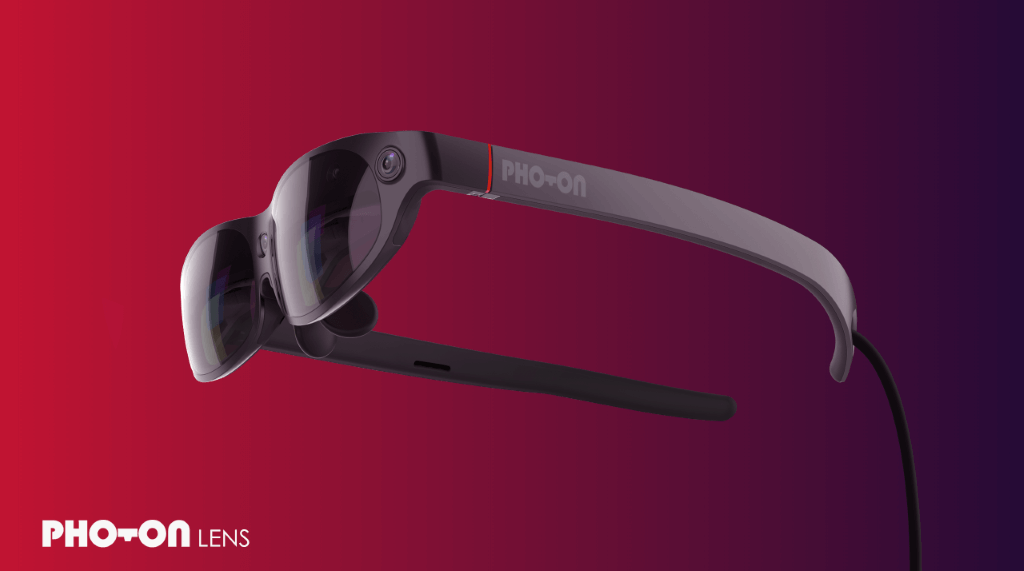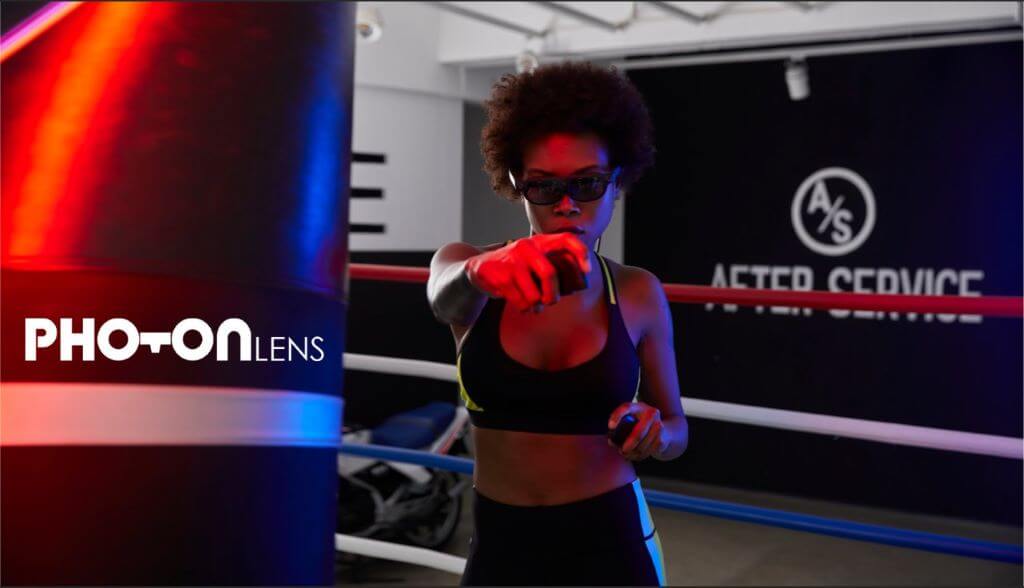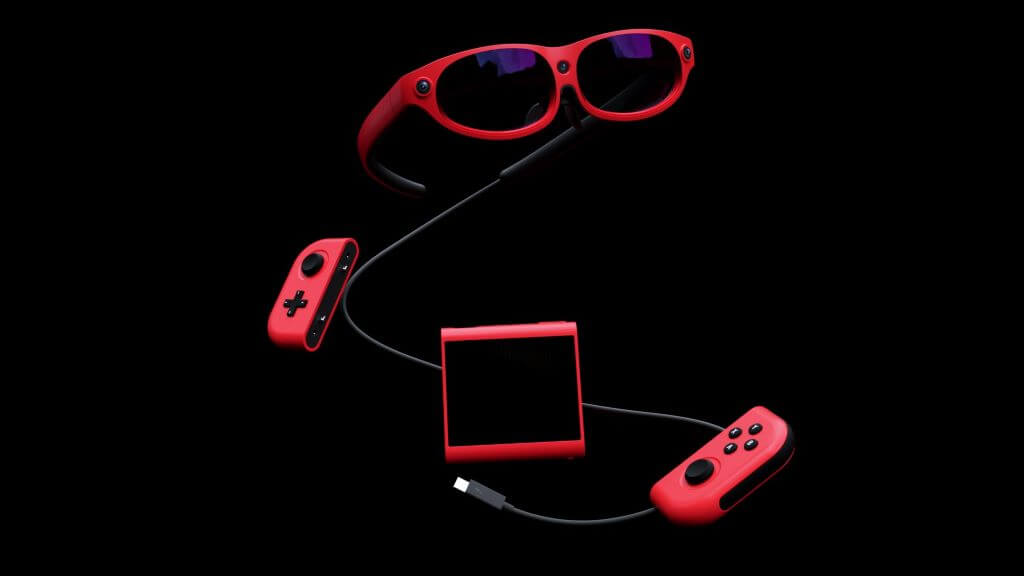Sponsored content
Sponsored by PhotonLens
Many individuals and analysts alike have pointed to VR fitness applications as a hero of the pandemic. It’s true that these applications have given people fun, new ways to stay active while staying indoors. However, AR fitness with its smaller form factor and greater environmental awareness has greater potential.
Use Case: Improving Form
Fitness tech has been trying to tackle form for a while now. Tools like Mirror help a user see their physical reflection while working out so that they can see their actions next to a professional. Some VR applications can track user form to varying degrees as well, whether through hand and controller tracking or full-body tracking with the use of external sensors.
Unfortunately, tools like Mirror (and most VR headsets) are highly mobility limiting. Sure, you can move around, but you’re limited to doing your workouts in place instead of outdoors or in a gym, as some begin returning to indoor fitness locations. This is one of the areas where AR glasses bring huge potential, but powerful and affordable consumer models have long failed to materialize.
With 6DOF hand tracking and controller input, glasses by PhotonLens called Photons can provide real-time posture and form feedback to users. This functionality is limited to upper-body actions, at least without the use of additional peripherals, which isn’t the case with solutions like Mirror. However, this is still an improvement over other AR headsets.

If the glasses by PhotonLens are new to you, don’t worry, they’re new to everyone else too. Focused on gaming and fitness, the company was announced at the 2020 World VR Industry Conference last November. Their first headset, coming in at 85g with a 52-degree field of view intended to be entertaining and practical for the average consumer, has yet to reach the market.
Use Case: Tracking Stats
Another ideal use case for AR fitness applications involves the heads-up display of navigation and biometric data. AR headsets like Solos and Raptor already provide these functionalities, however, both of these headsets are fitness-only rather than fitness-first solutions.

Heads-up displays of biometric data also make appearances in conceptual images from PhotonLens. While some of these features may require connection to other sensors and devices like other AR fitness solutions do, there’s a lot that PhotonLens can learn from the controller input alone to calculate simple health statistics like calories burned during activity.
Use Case 3: Engagement and Immersion
The VR fitness boom has brought one more major health benefit to our attention: immersion and engagement. This came up at the top of the article on the topic of VR fitness during the pandemic, but the idea also featured prominently in an earlier ARPost article devoted to AR fitness.
This is perhaps the field in which PhotonLens is most promising. Most fitness-built AR headsets lack opportunities for entertaining engagement. Alternatively, other consumer headsets focus on engagement but lack the functionalities that make them practical to actually tracking and improving fitness.

By being the first AR headset to focus on both entertainment and fitness, Photons can be for AR fitness what Oculus Quest is for VR fitness. That is, both fun and informational, at an affordable price.
The Year of AR Fitness?
In the last year, VR has increasingly become part of our lives, and AR enthusiasts are waiting for the other shoe to drop. With a price range starting at $699 and a mid-June launch on Kickstarter, with shipments going out in late November 2021, Photons could be the consumer headset that brings AR fitness to the forefront. The company is set to host a special launch event on June 15.




